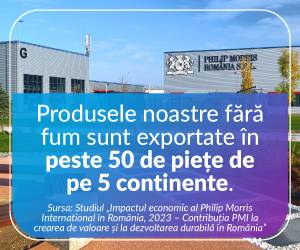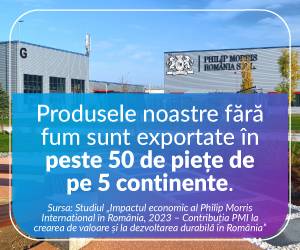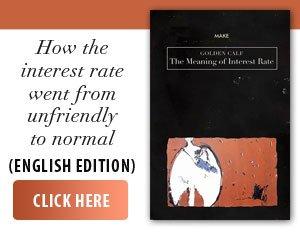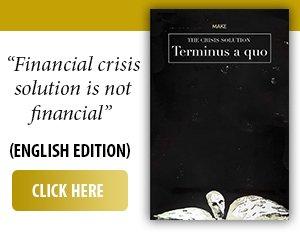Brazil, Russia and South Africa are the countries with the highest levels of wealth inequality globally, according to the Gini coefficient, which shows that wealth equality in the world has slightly decreased, by 0.4%, since the beginning of the millennium, according to an analysis by visualcapitalist.com, based on the UBS Global Wealth 2025 report, which shows the levels and distribution of wealth in more than 50 markets.
The Gini coefficient is a standard index in which 0 represents perfect equality and 1 - maximum inequality.
According to the cited source, Slovakia, Belgium and Qatar are among the countries with the lowest levels of inequality in terms of wealth distribution.
The UBS report compares countries by wealth inequality in 2024, and Brazil, Russia and South Africa, which top the list, have Gini coefficients around 0.8. These scores imply a highly concentrated distribution of assets relative to the rest of the population. Several energy-rich economies - such as the United Arab Emirates and Saudi Arabia - also rank near the top of the rankings, reflecting significant concentrations of financial and real assets among the top rungs of wealth holders. In the United Arab Emirates, the coefficient is 0.81, in Saudi Arabia - 0.78, in Sweden - 0.75, in the US - 0.74, and in India - 0.74. Next in the ranking are Turkey - 0.73, Mexico - 0.72, Singapore - 0.70, Germany - 0.68, Switzerland - 0.67, Israel - 0.66, Slovakia - 0.38, Netherlands - 0.65, Hong Kong - 0.63, Mainland China - 0.62, Portugal - 0.61, Greece - 0.60, Taiwan - 0.60.
• Where is wealth most evenly distributed
At the other end of the ranking we see Slovakia and Belgium, with the lowest Gini values: 0.38 and 0.47, respectively. Qatar also has a score of 0.47, and ahead of it is Japan, with 0.54. These countries tend to combine strong social safety nets, relatively large savings among households, and policies that spread asset ownership more widely.
According to the source cited, wealth equality has declined slightly since 2000, and millionaire households account for almost half of all personal wealth worldwide.
• Countries with the highest wealth per capita
Global wealth per person grew by 4.6% in 2024, and Switzerland remains the world's wealthiest country, with an average adult wealth of $687,166, according to the UBS Global Wealth 2025 report. According to the source, median wealth is calculated by dividing a country's total household wealth by its adult population. While useful, this figure can be skewed by large concentrations of wealth at the top, such as those held by billionaires. After Switzerland, the 14 countries with the highest average wealth per adult in 2025 are, according to UBS: United States ($620,654), Hong Kong ($601,195), Luxembourg ($566,735), Australia ($516,640), Denmark ($481,558), Singapore ($441,596), New Zealand ($393,773), Netherlands ($370,697), Norway ($368,410), Canada ($365,953), Belgium ($349,404), United Kingdom ($339,700), Sweden ($334,391), Taiwan ($312,075). As in previous years, many of the top countries are small but globally influential financial centers, such as Hong Kong and Luxembourg. One notable change from last year is that the US has moved up from fourth place in 2024, with an average wealth of $564,000 per adult, to second place in 2025, with nearly $621,000.
If median wealth is taken into account, which provides a more representative picture of the distribution of wealth in a country, the ranking looks like this: Luxembourg ($395,340), Australia ($268,424), Belgium ($253,539), Hong Kong ($222,015), Denmark ($216,098), New Zealand ($207,707), Switzerland ($182,248), United Kingdom ($176,370), Canada ($151,910), France ($146,017), Norway ($142,501), Netherlands ($131,896), Spain ($126,290), Italy ($124,473), USA ($124,041). Median wealth identifies the midpoint of a population, where half of the adult population has more and half has less. This measure makes wealth gaps more visible. In the United States, for example, the median wealth is five times lower than the average.
























































